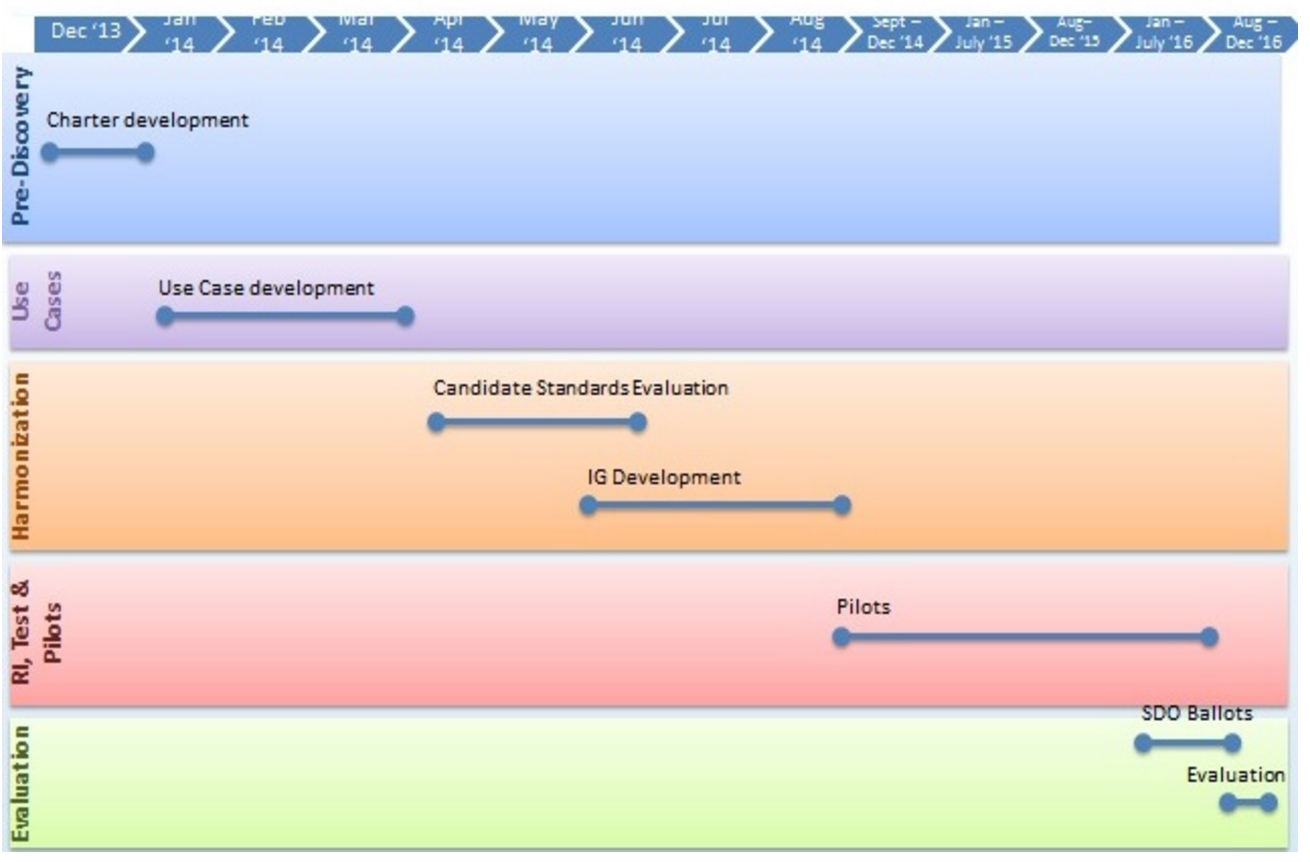Background
Prescription drug misuse and overdose is one of the fastest growing health epidemics in the United States. One of the most promising clinical tools to address prescription drug abuse are prescription drug monitoring programs (PDMPs). PDMPs are state-run electronic databases – functioning in 48 U.S. states and territories – that track the prescribing and dispensing of controlled prescription drugs to patients.
Information within PDMPs is intended to enhance health care professionals' (e.g. physicians, pharmacists, dispensers, delegated authorities with legal authorization) understanding of their patients’ controlled substance history. While health care professionals see PDMPs as a valuable tool, they often do not use PDMPs because they are “stand alone” systems which are cumbersome and time consuming to access. When available at the point of care and point of dispensing, PDMP information can help health care professionals discern between patients who may need a controlled substance for legitimate medical treatment and those who may be seeking to misuse prescription drugs. It also provides an opportunity to intervene if there are signs of misuse and abuse. In some states health care professionals are required to check the PDMP prior to dispensing controlled substances. This underscores the need for PDMPs to share information with health IT systems in ambulatory and acute care settings.
Currently, many health care professionals must either interrupt their workflow and log on to a separate system to access the PDMP, or write and dispense prescriptions without consulting the PDMP- potentially leaving health care professionals without the information needed to make important clinical decisions. One way to improve and encourage PDMP access is to reduce the number of steps it takes to access the PDMP. Health IT systems can accomplish this by querying PDMPs for prescription information and presenting this information to health care professionals when they access a patient’s health record.
